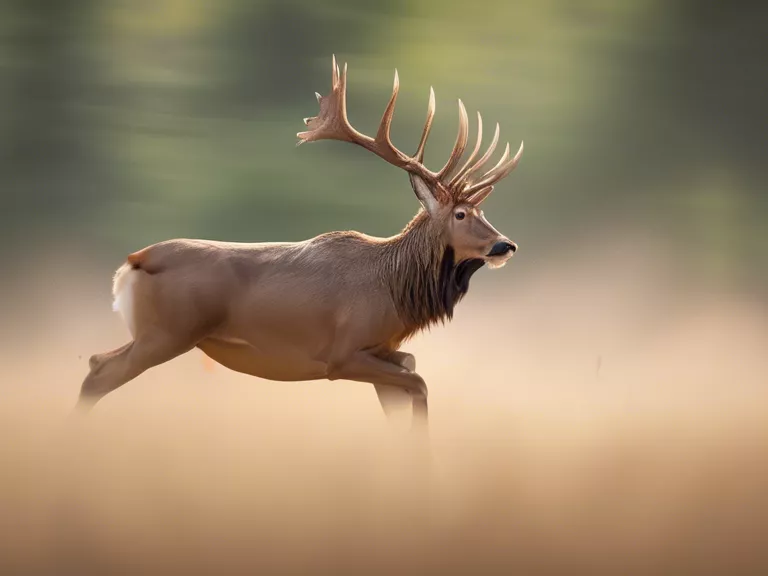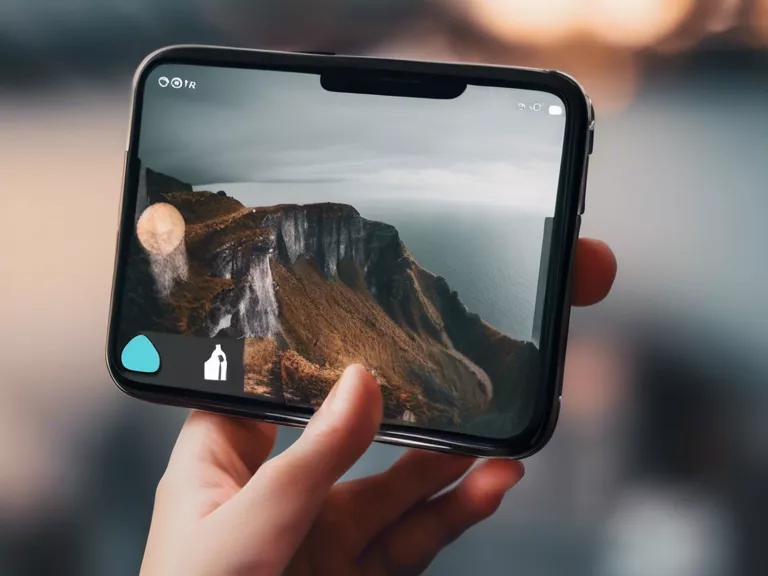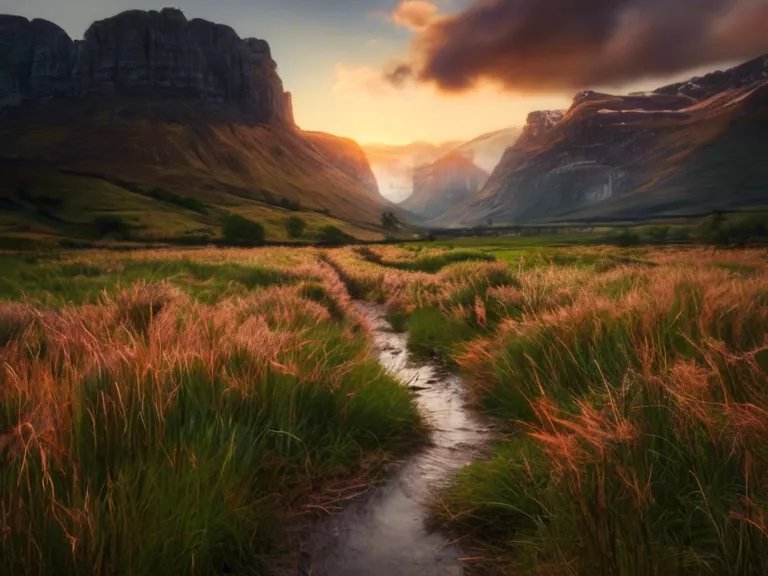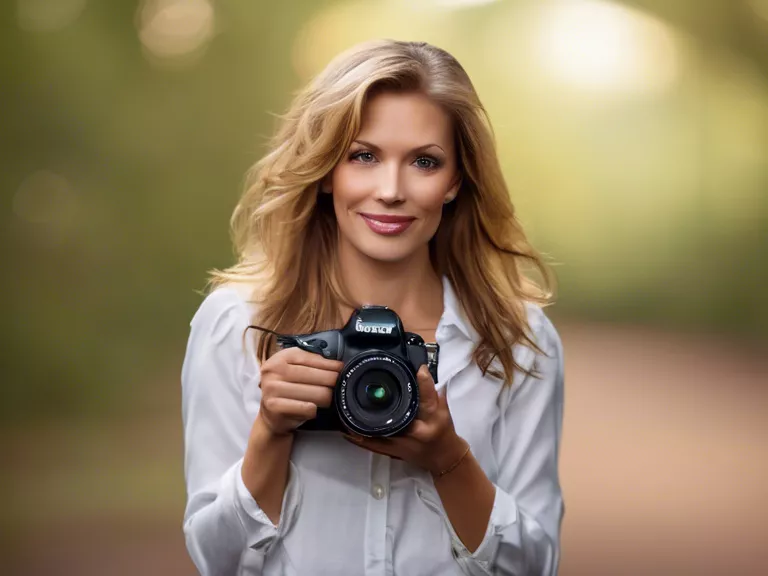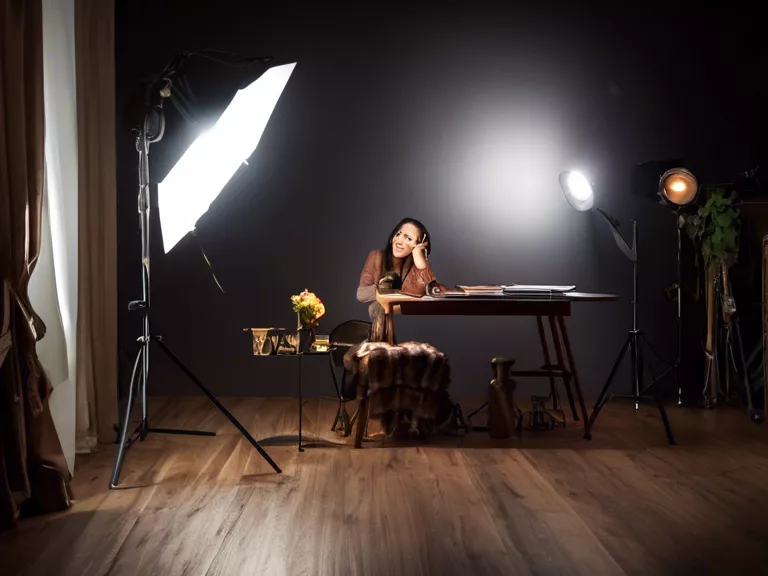
How to master lighting techniques for better indoor photography
Indoor photography can be challenging due to limited natural light sources. However, with the right lighting techniques, you can elevate your indoor photography to the next level. Here are some tips to help you master lighting for better indoor photography:
Utilize natural light: Make the most of any available natural light by positioning your subject near windows or doors. Soft, diffused natural light can create a flattering and warm glow in your photos.
Use reflectors: Reflectors can bounce light back onto your subject, reducing harsh shadows and creating a more even lighting effect. Experiment with different colored reflectors to achieve unique lighting outcomes.
Experiment with artificial lighting: Don't be afraid to use artificial lighting sources like lamps, overhead lights, or studio lights. Adjust the intensity and direction of the light to create the desired mood and atmosphere in your photos.
Play with shadows: Shadows can add depth and interest to your indoor photography. Experiment with placing your subject in front of a light source to create striking silhouettes or play with dramatic shadows for a more mysterious look.
Consider white balance: Proper white balance can make a significant difference in the overall tone and color of your indoor photos. Adjust the white balance settings on your camera or use editing software to correct any color casts and ensure accurate colors in your images.
By incorporating these lighting techniques into your indoor photography workflow, you can enhance the quality and visual appeal of your photos. Practice regularly and experiment with different lighting setups to discover your unique style and create stunning indoor photography.
